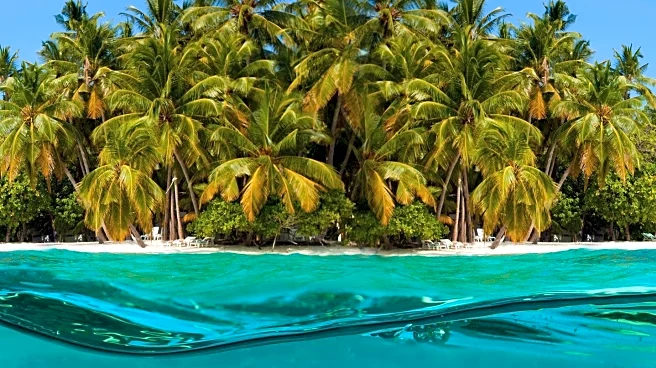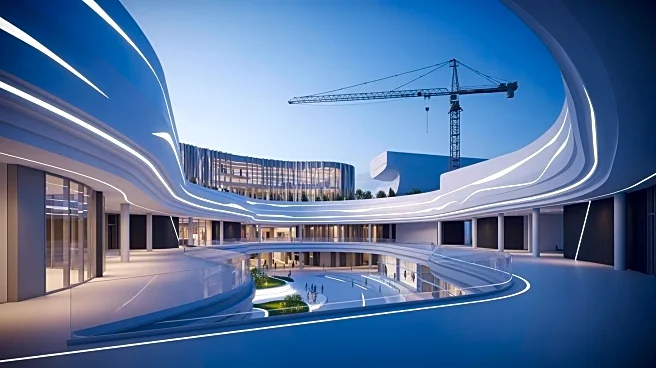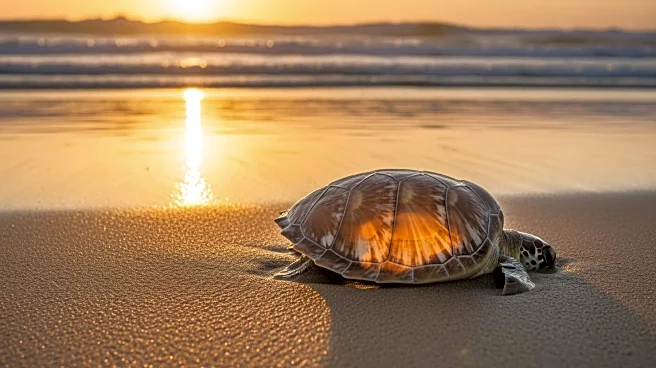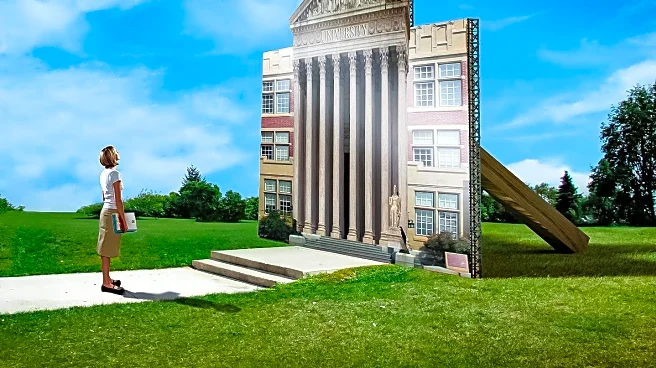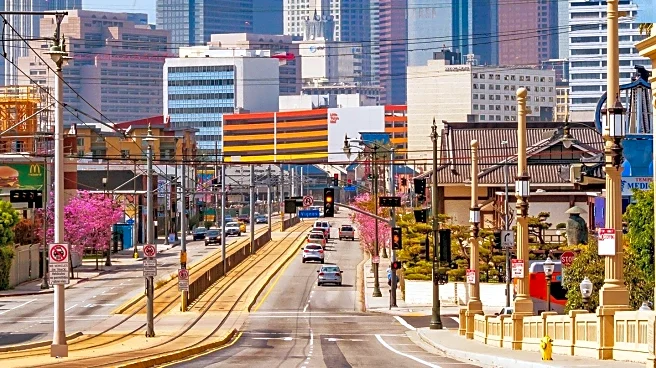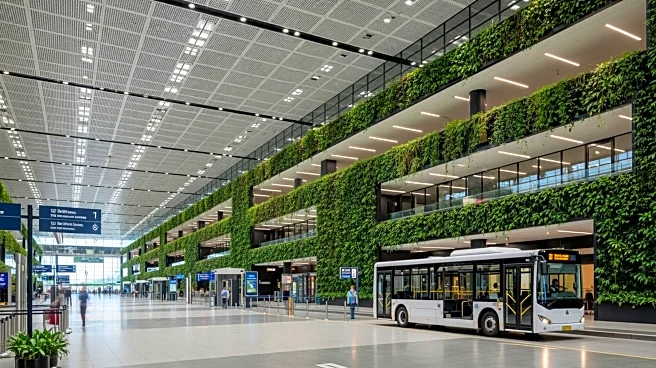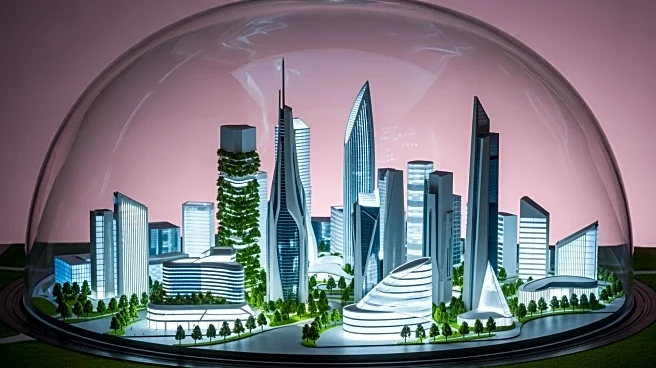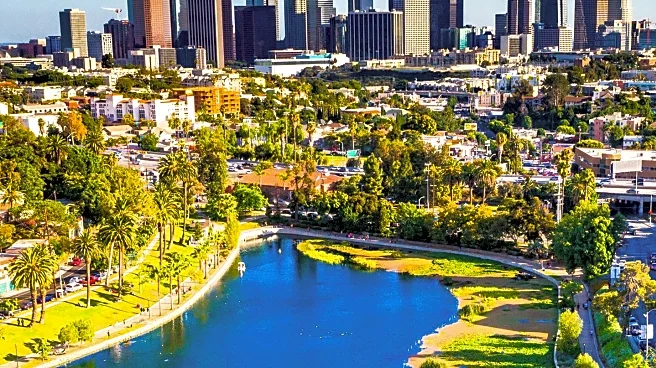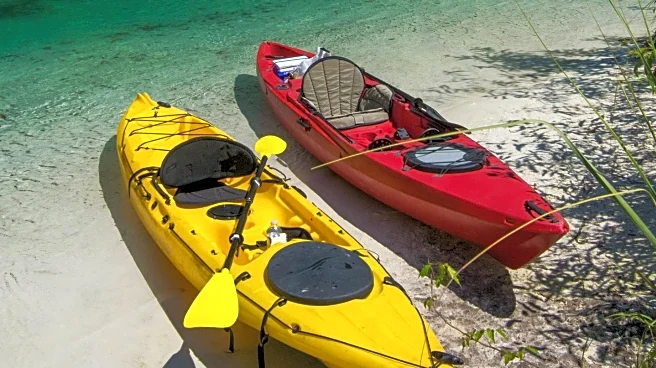What's Happening?
Miami Beach is embarking on the Reefline project, a seven-mile-long artificial reef designed to restore the island's coral habitat and serve as an underwater tourist attraction. The project involves the transplantation
of resilient corals onto concrete sculptures, creating a vibrant coral reef within swimming distance of the beach. Colin Foord, a founder of Coral Morphologic, is overseeing the coral nursery, tending to over 2,000 soft coral specimens. The initiative is funded by a $5 million bond from the city and aims to recreate the coral reef that existed until the 1970s, which was lost due to beach replenishment efforts.
Why It's Important?
The Reefline project is significant for its potential to revitalize Miami Beach's marine ecosystem and enhance ecotourism. By restoring the coral habitat, the project supports biodiversity and offers a unique attraction for tourists, potentially boosting local economic activity. The use of resilient corals addresses environmental challenges such as disease and warming ocean temperatures, contributing to long-term sustainability. The initiative also highlights the intersection of art and science, with contributions from international artists enhancing the cultural value of the reef.
What's Next?
The first phase of the Reefline project involves the installation of concrete sculptures designed to host coral growth. This phase includes an underwater traffic jam of 22 cars, serving as 'flowerpots' for corals. The project's completion is expected to take at least a decade, with plans for an onshore marine learning center to educate visitors about coral reefs. The initiative aims to create a visible underwater sculpture garden that can be seen from the air, potentially becoming a symbol of Miami Beach.
Beyond the Headlines
The Reefline project raises ethical and cultural considerations regarding the preservation of marine environments and the role of art in ecological restoration. It challenges traditional views on urban development by integrating environmental conservation with cultural placemaking. The project also underscores the importance of community engagement and public funding in achieving sustainable development goals.
